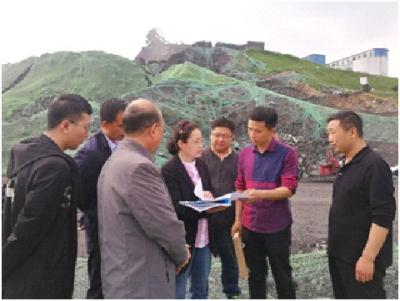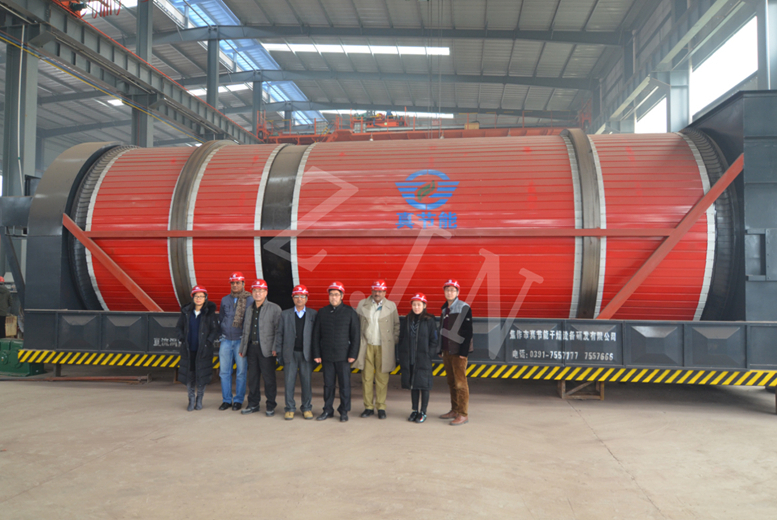
Because there are a lot of organic matters and pathogenic bacteria in the sludge, they are discharged into the environment directly without treatment. The organic matters in the sludge are rotted and deteriorated under the action of microorganisms, which cause serious harm to the environment and indirectly harm human health. This also shows that sludge treatment and disposal need to be stabilized. At present, there are three ways of sludge stabilization: biological method, chemical method and heat treatment.
1. Biological method
The biological method is to degrade the organic matter into stable inorganic matter or organic matter which is not easy to be decomposed. It can be divided into anaerobic digestion and aerobic digestion.
Anaerobic digestion is the most commonly used method of organic matter decomposition. According to the operating temperature, it can be divided into medium temperature digestion and high temperature digestion.
Aerobic digestion makes the microbial organism in the stage of endogenous metabolism. Microorganisms use oxygen to decompose biodegradable organic substances and cell protoplasm. The commonly used treatment methods are activated sludge method, biological filtration method, sewage irrigation, biological oxidation pond method, etc
Compared with anaerobic digestion, aerobic digestion has the following advantages: short digestion time; low BOD5 concentration in effluent; no odor; good dehydration of sludge; convenient operation; less equipment cost. Its disadvantages: high power cost due to the need of oxygen supply; no biogas production; poor removal of parasite eggs and pathogenic bacteria.

2. Chemical method
Sludge chemical treatment is to add chemicals to sludge to kill microorganisms. The common chemicals used are lime and chlorine.
Although adding lime can suppress sludge odor and kill pathogenic bacteria. But organic matter has not been degraded, but has increased more solid matter. This treatment is unreasonable.
Although ammonia gas can also kill microorganisms in sludge, it will produce toxic chloramines due to the contact between sludge and ammonia gas, which will bring some difficulties to the subsequent treatment. Therefore, this method is rarely used.
3. Heat treatment
Heat treatment is to treat sludge under high temperature and pressure. High temperature is not only easy to dewater sludge, but also can kill microorganisms in sludge, so that sludge tends to be stable.
Another method of heat treatment is wet air oxidation. It is used to oxidize suspended or dissolved organic matter in liquid at high temperature and high pressure in the presence of liquid water. The products are CO2, H2O, nitrogen, ash and residual organic matter. The utility model has the advantages that: the sludge without dehydration can be treated; the sludge residue after treatment has good dehydration; the energy consumption is low; because the treatment process is in a closed space, the odor, dust and bituminous coal are basically not generated. After treatment, all pathogenic bacteria in sludge were killed. Disadvantages: complex technical equipment, need to operate under high pressure, high investment.
Copyright ©2022 by Jiaozuo ZJN Environmental Protection Equipment Technology Co., Ltd.